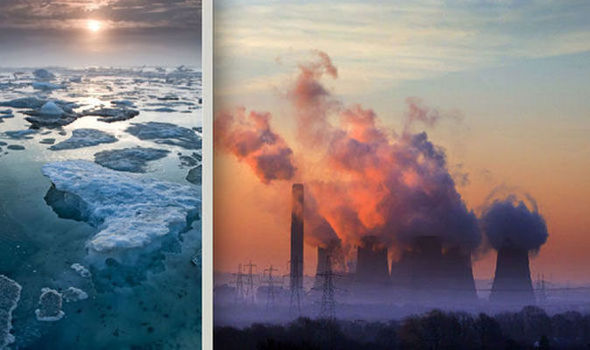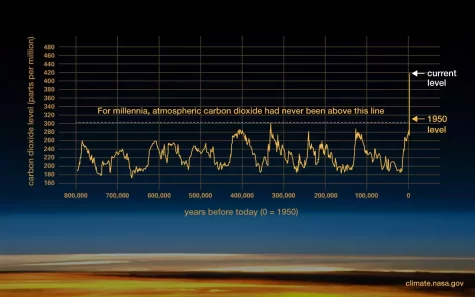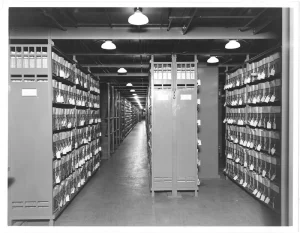No More Snow: Climate Change’s Impact on Snowfall

February 3, 2023
Envision the perfect winter day. As you warm your feet at the fireplace with a cup of steaming hot chocolate in your hands, you look out the window. Snow is falling gently, coating the world in a blanket of white.
However, it’s no secret that these moments are hard to come by, and it seems that there have been less snow days this year than previous years. This isn’t merely a coincidence, but rather a change caused by one critical factor: climate change.
Historically, Earth’s climates have constantly been changing throughout the years. As stated by NASA, in the last 800,000 years, there have been only eight cycles of ice ages, with the most recent being about 11,000 years ago. This year marked not only the advent of the last ice age, but the beginning of a modern climate era marked mainly due to human civilization. The current global warming trends since the mid-1800s have mainly been a result of human activities beginning with the Industrial Revolution, and this rate has continued for one not seen for a millenia. Atmospheric and greenhouse gasses, including carbon dioxide, methane, and CFCs, which are produced by human development and businesses, have trapped far more millions of the Sun’s energy than it has ever had in the history of the Earth, according to nrdc.org.
These gases have added extra energy to warm not only the atmosphere, but also the oceans and lands. This growing crisis of rapid climate change has contributed to many effects. Most notably, global temperatures rose drastically for past decades, with the Earth’s average surface temperature rising about two degrees Fahrenheit since the 19th century—a change that has caused devastating effects for animals and humans, who often lost their lands due to the changing environments and their rising climates. As stated by NRDC, scientists believe that by 2030, climate change could skyrocket to cause the deaths of 250,000 people annually, and force 100 million people into poverty in less than ten years.
Apart from these issues, another consequence of the growing climate is the significant decrease in annual snowfall, which seemed to have plummeted in various parts of the world over the last decade. Ultimately, climate change can take part in changing the timing, location, and the amount of snowfall in many complex ways. According to the US Environmental Protection Agency, in the United States, total snowfalls have been recorded in over 60 stations since 1930, and among all these stations, nearly 80%of them have shown a decrease in precipitation falling as snowfall, with the average change being a decrease of 0.19% per year. If this rate continues without a halt to global warming, scientists predict that winters may pass without a single snowflake within the next 40 to 60 years. This declining rate of snowfall is due to warmer climates causing more water to evaporate from the lands and oceans, eventually leading to more precipitation and larger storms. Generally, this causes more precipitation to fall in the form of rain instead of snow, as more water droplets drop while being above freezing temperatures, similarly stated by the US EPA.

Ultimately, with climate change unlikely to end anytime soon, it is critical for us to save our planet with every little step possible. The detrimental effects of climate change may not only take away snowy days, but possibly even our planet itself.
















































































































































